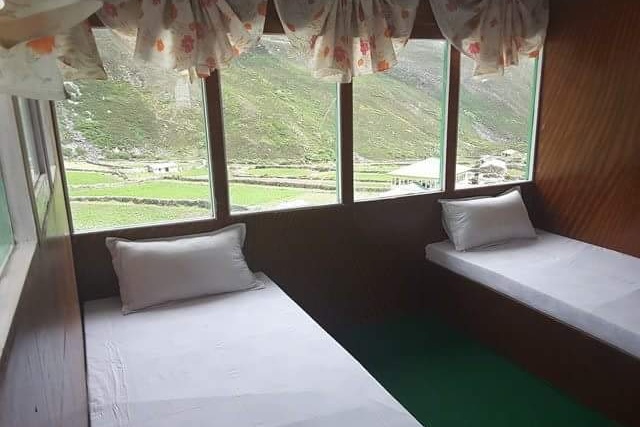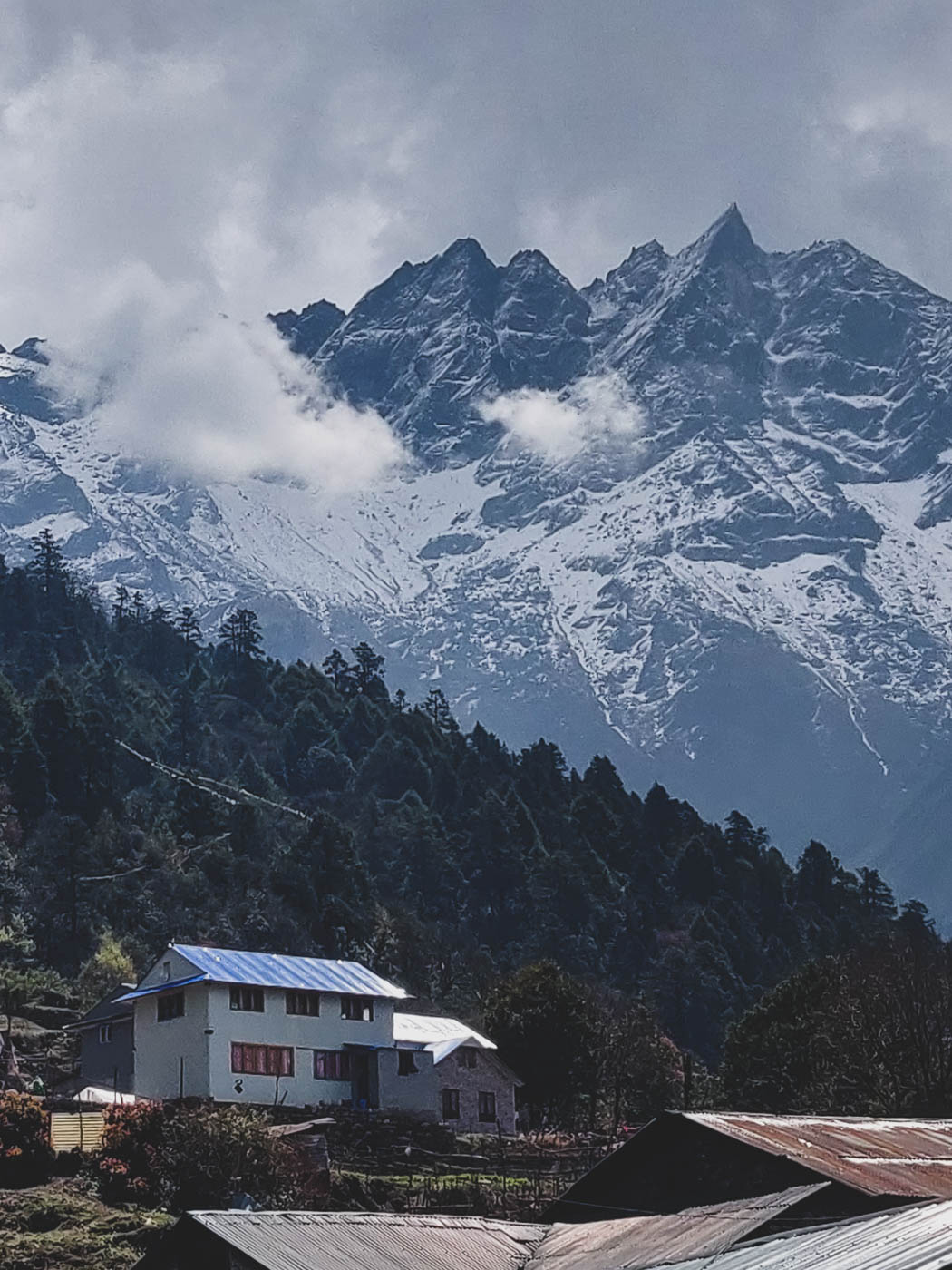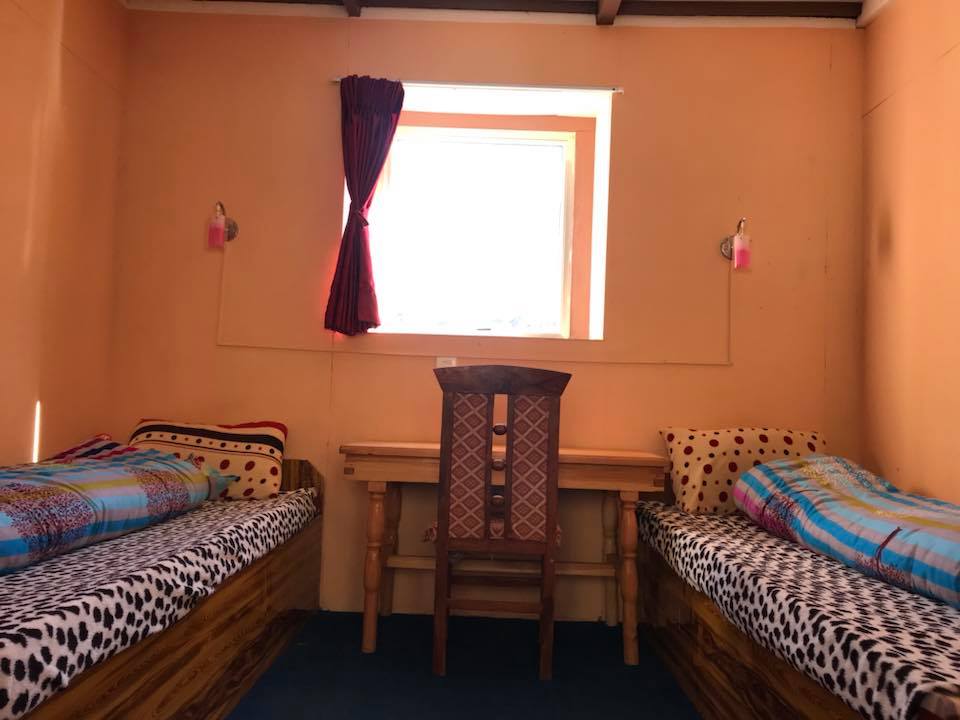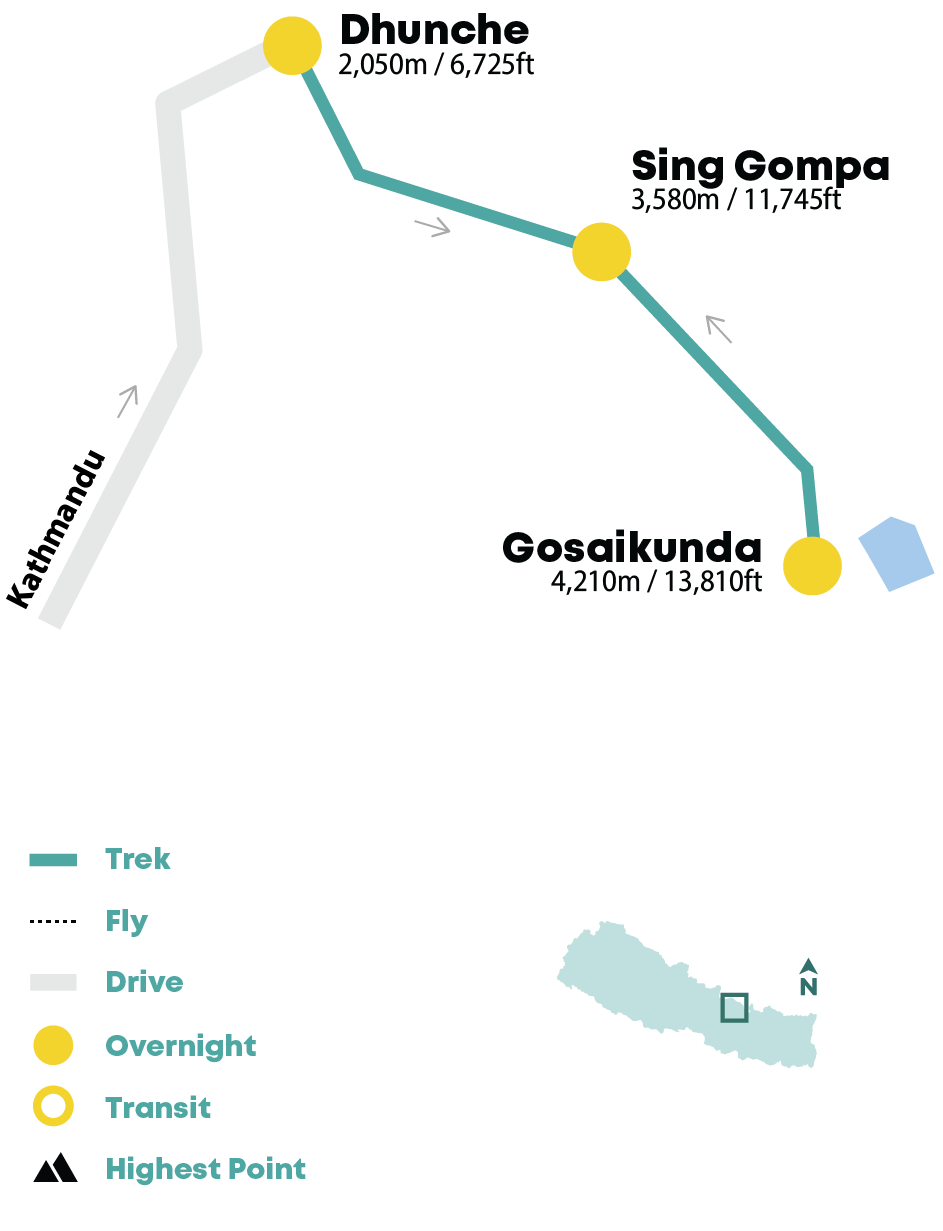|
Mountain Trek / Kathmandu Valley / Nepal Gosaikunda Lake TrekNext tentative Date: Available as a Private Trek on a date of your preference.
A short and exciting trek to the spellbinding lakes of Gosaikunda, surrounded by magnificent views of Langtang, Ganesh and Manaslu mountain ranges. |
Overview
A short and exciting trek to the spellbinding lakes of Gosaikunda, surrounded by magnificent views of Langtang, Ganesh and Manaslu mountain ranges.
Highlights
| Scenic drive on the windy from Kathmandu to Dhunche | |
| Walking on lovely trails through dense jungles up to Laurebina | |
| Eye-level views of Langtang, Ganesh and Manaslu mountain ranges | |
| The rocky terrain as you approach the holy Gosaikunda Lake | |
| A cluster of stunning lakes in the region |
Anyone with basic to moderate hiking experience can embark on the Gosaikunda Lake Trek. The highest elevation you will reach is 4,210m (13,312ft) in just a few days, so be prepared for some steep and challenging climbs through narrow forest trails and ridges. However, the risk of altitude sickness is low because the trek itinerary is designed to allow for gradual acclimatization, and we maintain a comfortable hiking pace throughout.
Accommodation during the trek is provided in basic mountain lodges. You will be accompanied by an experienced guide and porters who will carry your luggage during the journey.
Best time to go
JanFebMarAprMayJunJulAugSepOctNovDec
JanFebMarAprMayJun
JulAugSepOctNovDec
| Group Sizepax | Fixed Departureprices per person | Regularprices per person |
| 4 - 8 | USD 485 | |
| 8 & up | USD 450 |
|
|
|
|
|
Prices valid until Dec 31st, 2026
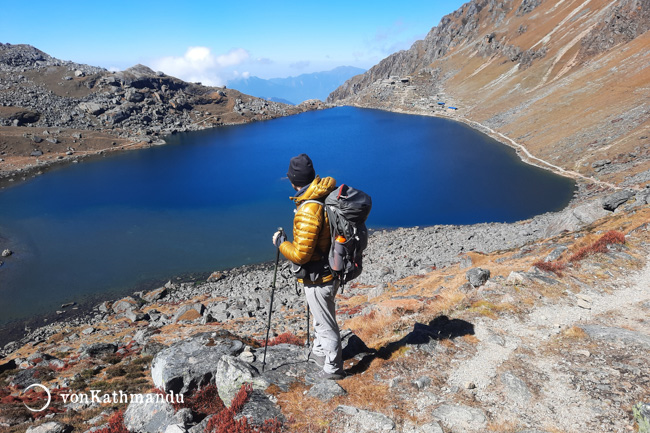
Towards Suryakunda Pass from Gosaikunda
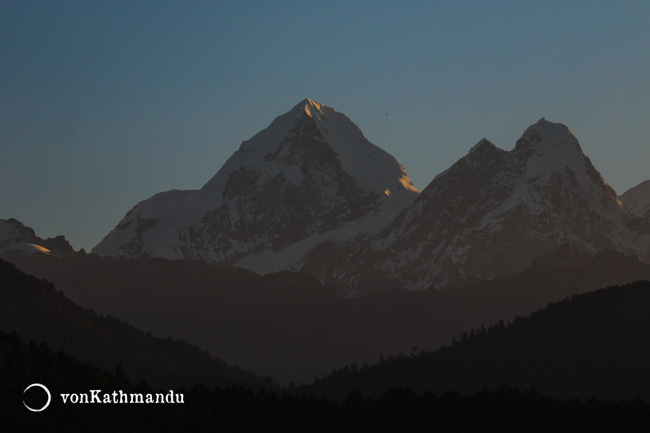
Dorje Lakpa mountain
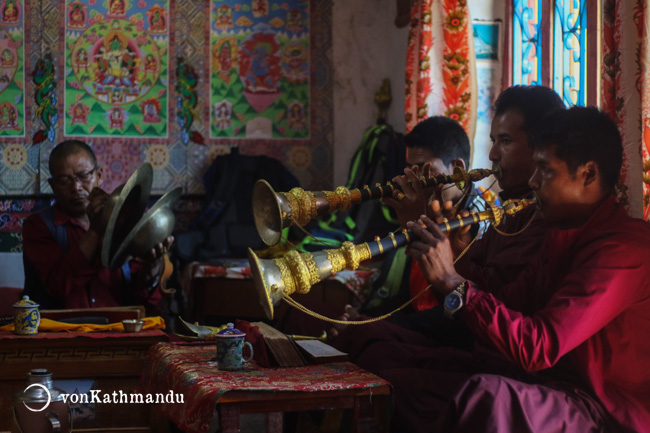
Buddhist ceremony in Kutumsang
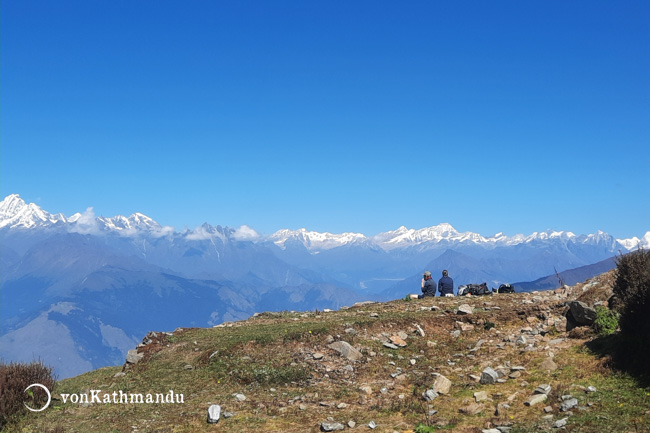
Langtang range seen en route to Gosaikunda
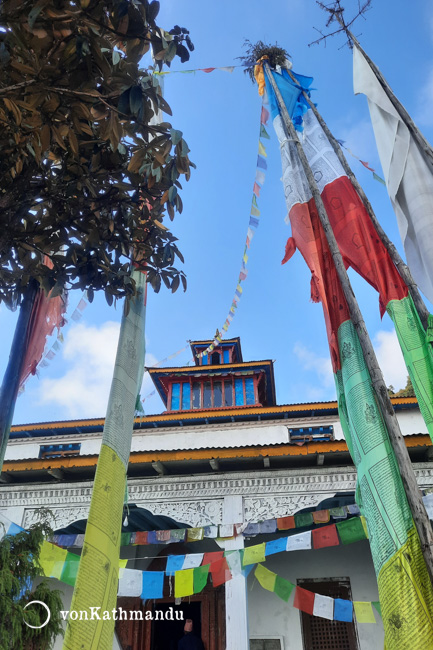
Monastery in Sing Gompa
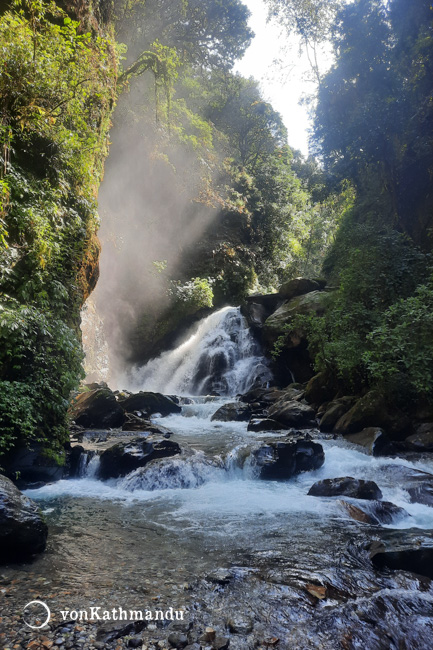
A waterfall at Dhunche just before starting the climb to Gosainkunda
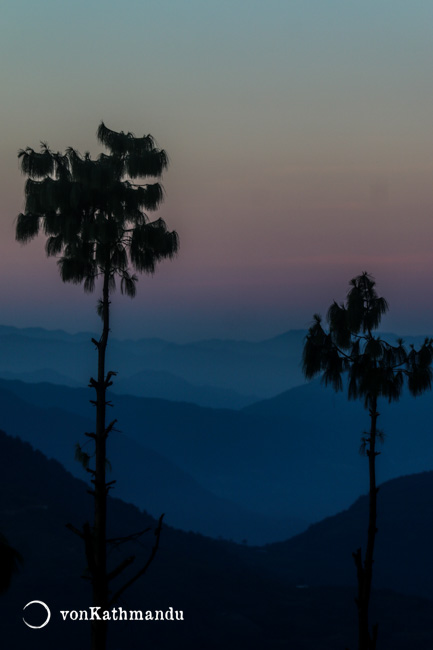
Sunset in Kutumsang
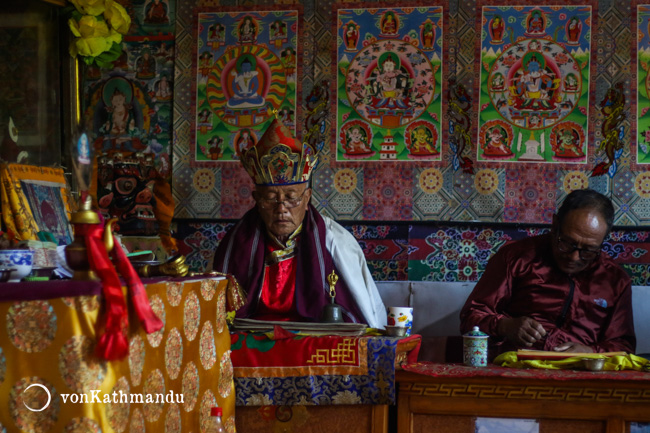
Buddhist ceremony in Kutumsang
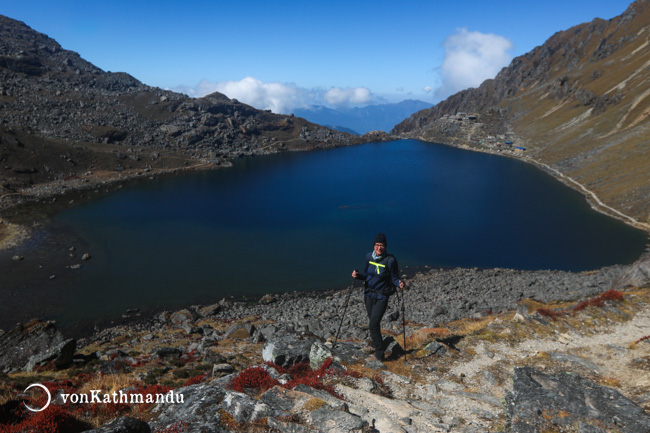
The holy Gosainkunda
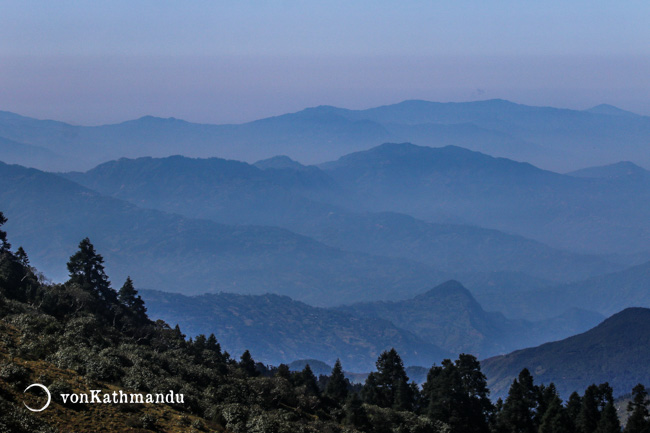
Layers of lower hills from Thadepati
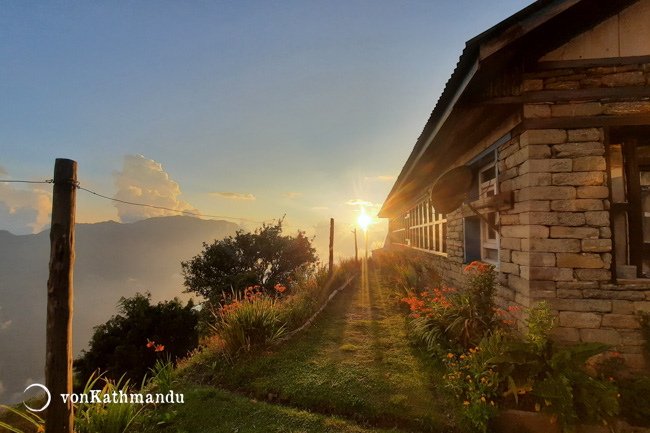
Sing Gompa
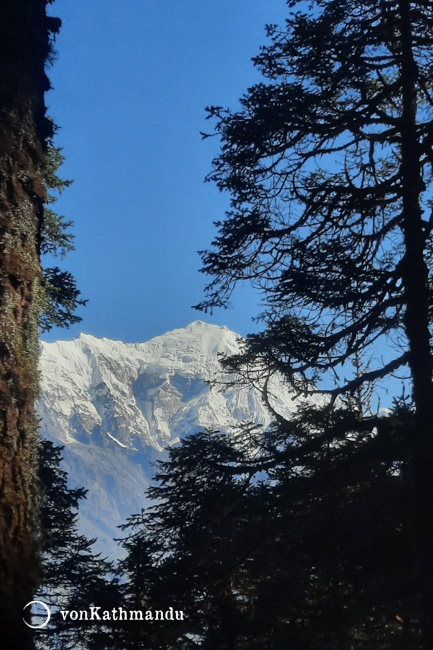
Langtang Lirung mountain at 7,234m is the highest mountain of Langtang range
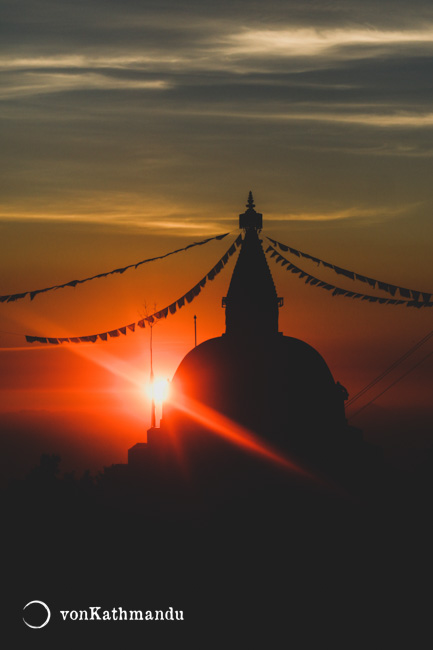
Sunset in Kutumsang
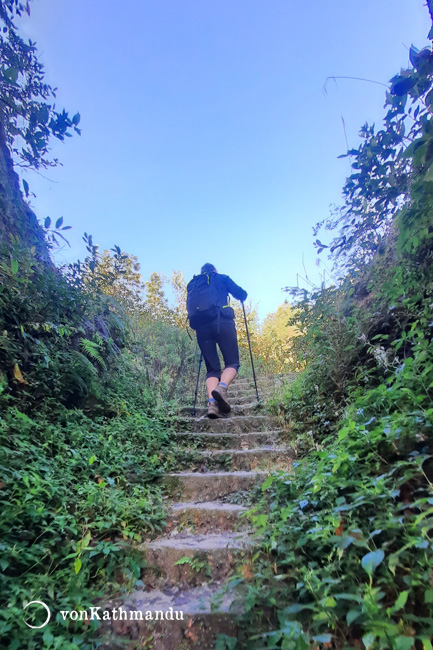
Trails in Chisapani, Shivapuri National Park, on north edge of Kathmandu valley
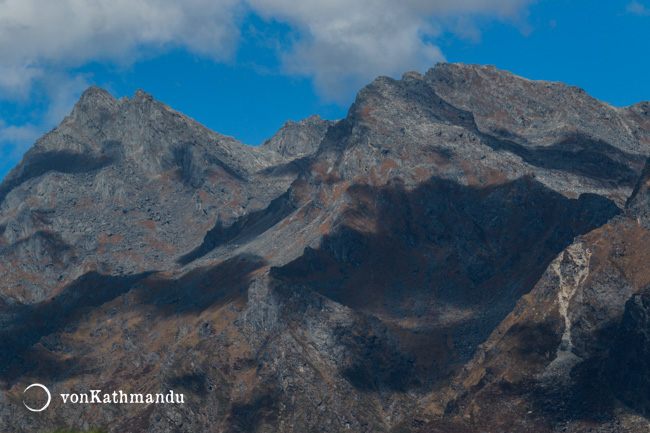
Jagged rocky landscape of Suryakunda
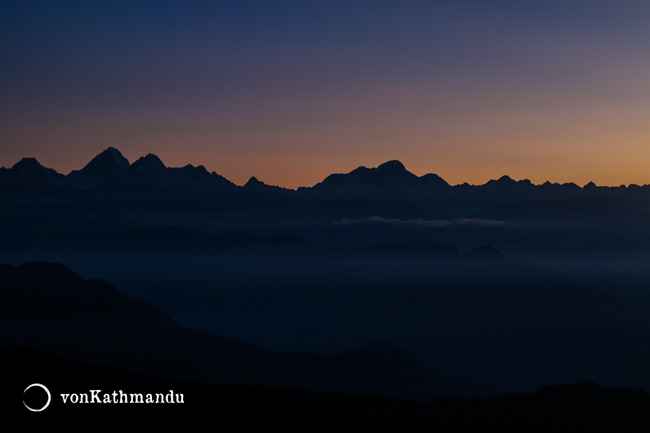
Sunrise at Chisapani as Langtang prepares to catch the first rays
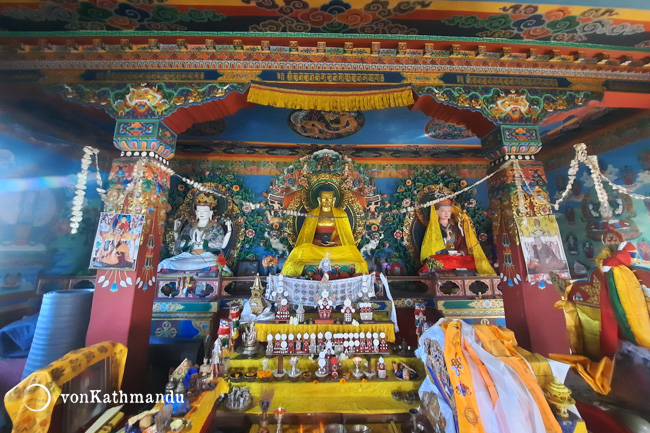
A Gompa near Kutumsang
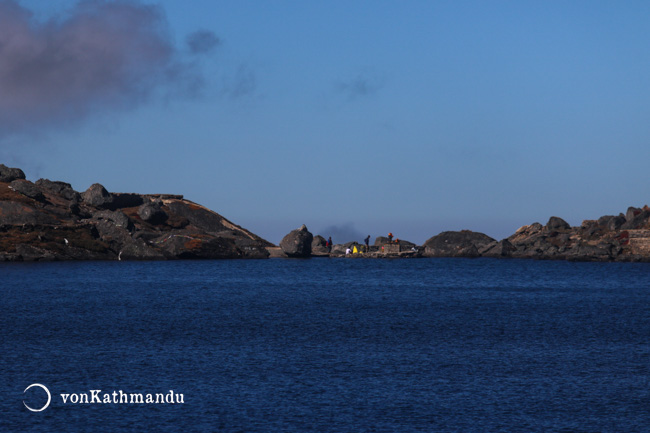
Gosaikunda Lake is revered in Hinduism. Several festivals each year here, including Janaipurna among the biggest one, attract devotees in thousands
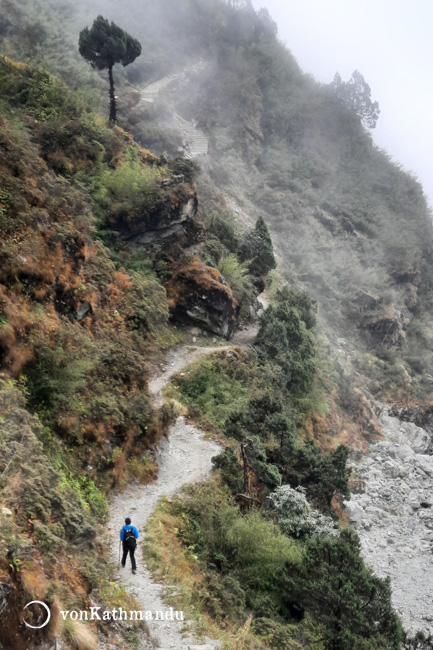
Undulating trails to Ghopte
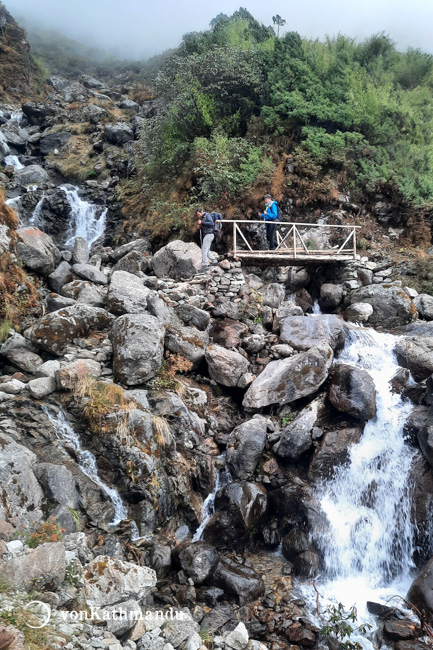
Cross several trail on the way to Ghopte
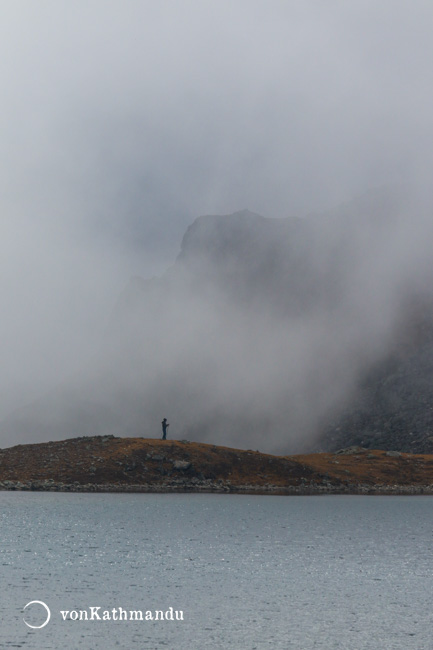
Suryakunda, one of the lakes past Gosaikunda and at Laurebina Pass 4,700m
Itinerary
|
Day 1 |
Kathmandu - Dhunche |
|
|
Day 2 |
Dhunche - Sing Gompa |
|
|
Day 3 |
Sing Gompa - Gosaikunda |
|
|
Day 4 |
Gosaikunda - Dhunche |
|
|
Day 5 |
Dhunche - Kathmandu |
|
|
Day 1 |
Kathmandu - Dhunche |
|
|
Drive from Kathmandu to Dhunche 6 to 7 hrs Set off on a long scenic drive from Kathmandu, chasing the Trishuli River on roads that change from smooth to bumpy, and become extremely bumpy as we near our destination. You will come across interesting villages, terraced fields, and scenic views of layered hills and mountains (on clear days). Dhunche is our stop for the night and the starting point of our trek. You'll find hotels, eateries, ATMs to withdraw money, as well as shops for any last-minute shopping here. |
Meals Included: Breakfast
Accommodation: Mountain Lodge
|
Day 2 |
Dhunche - Sing Gompa |
|
|
Trek from Dhunche to Sing Gompa 5 to 6 hrs | 7 kms (4.5 mi) Highest point: Sing Gompa at 3580m (11745ft) | Gain/drop: +1406m/-125m (+4613ft/-410ft) After sorting out baggage and having breakfast at our hotel, we begin our trek from Dhunche. The trail descends to the Trishuli River, crossing a suspension bridge before climbing the steep trails through dense forests of rhododendron and oak. We come across views of Langtang Lirung mountains on the way and stay overnight at Sing Gompa, a pretty village with a monastery. |
Meals Included: Breakfast
Accommodation: Mountain Lodge
|
Day 3 |
Sing Gompa - Gosaikunda |
|
|
Trek from Sing Gompa to Gosaikunda 6 to 7 hrs | 8.5 kms (5 mi) Highest point: Gosaikunda at 4210m (13812ft) | Gain/drop: +1253m/-140m (+4111ft/-459ft) Today, the trail consists of a steep uphill climb until you reach Lauribina Pass. Decorated with prayer flags, this pass offers magnificent views of the Langtang range. We then start descending on steep trails to Gosaikunda, passing several small lakes. The sunset from this sacred high-altitude lake of Gosaikunda, surrounded by snow-capped mountains, is simply magical. |
Meals Included: Breakfast
Accommodation: Mountain Lodge
|
Day 4 |
Gosaikunda - Dhunche |
|
|
Trek from Gosaikunda to Dhunche 7 to 8 hrs | 15.5 kms (9.5 mi) Highest point: Gosaikunda at 4210m (13812ft) | Gain/drop: +259m/-2650m (+850ft/-8694ft) After enjoying the surrounding lakes and the sunset from Gosaikunda, we begin our descent on the same trails back to Sing Gompa. The day will be long, but you will continue through the beautiful landscapes and lush forests encountered on the way up. Our trek ends at Dhunche. |
Meals Included: Breakfast
Accommodation: Mountain Lodge
|
Day 5 |
Dhunche - Kathmandu |
|
|
Drive from Dhunche to Kathmandu 6 to 7 hrs We have a hearty breakfast and get picked up by our reserved vehicle. After a short yet rewarding adventure, we traverse the familiar roads back to the city of temples, Kathmandu. |
Meals Included: Breakfast
Mountain Lodge |
X Close Accommodation Popup
X Close Popup
Nepal
Mountain lodges are the basic accommodation set up by locals to cater to trekkers in the trails. The common features across all lodges are standard rooms, a spacious and heated dining hall, and a restaurant with a menu. The rooms in mountain lodges generally have two or three twin beds with a mattress and blanket. If you are used to sleeping warm, we highly recommend bringing your own sleeping bag and liner. Other amenities could be a table, hanger, and dustbin but do not expect to have charging ports and attached toilets in the rooms. Moreover, it is mandatory to have meals in the facility you’re staying at.
Room Amenities
| • | Shared Toilet |
Property Amenities
| • | Restaurant and Bar | • | Outdoor Seating | • | Mountain Views |
Mountain Lodge |
X Close Accommodation Popup
X Close Popup
Nepal
Mountain lodges are the basic accommodation set up by locals to cater to trekkers in the trails. The common features across all lodges are standard rooms, a spacious and heated dining hall, and a restaurant with a menu. The rooms in mountain lodges generally have two or three twin beds with a mattress and blanket. If you are used to sleeping warm, we highly recommend bringing your own sleeping bag and liner. Other amenities could be a table, hanger, and dustbin but do not expect to have charging ports and attached toilets in the rooms. Moreover, it is mandatory to have meals in the facility you’re staying at.
Room Amenities
| • | Shared Toilet |
Property Amenities
| • | Restaurant and Bar | • | Outdoor Seating | • | Mountain Views |
Mountain Lodge |
X Close Accommodation Popup
X Close Popup
Nepal
Mountain lodges are the basic accommodation set up by locals to cater to trekkers in the trails. The common features across all lodges are standard rooms, a spacious and heated dining hall, and a restaurant with a menu. The rooms in mountain lodges generally have two or three twin beds with a mattress and blanket. If you are used to sleeping warm, we highly recommend bringing your own sleeping bag and liner. Other amenities could be a table, hanger, and dustbin but do not expect to have charging ports and attached toilets in the rooms. Moreover, it is mandatory to have meals in the facility you’re staying at.
Room Amenities
| • | Shared Toilet |
Property Amenities
| • | Restaurant and Bar | • | Outdoor Seating | • | Mountain Views |
Mountain Lodge |
X Close Accommodation Popup
X Close Popup
Nepal
Mountain lodges are the basic accommodation set up by locals to cater to trekkers in the trails. The common features across all lodges are standard rooms, a spacious and heated dining hall, and a restaurant with a menu. The rooms in mountain lodges generally have two or three twin beds with a mattress and blanket. If you are used to sleeping warm, we highly recommend bringing your own sleeping bag and liner. Other amenities could be a table, hanger, and dustbin but do not expect to have charging ports and attached toilets in the rooms. Moreover, it is mandatory to have meals in the facility you’re staying at.
Room Amenities
| • | Shared Toilet |
Property Amenities
| • | Restaurant and Bar | • | Outdoor Seating | • | Mountain Views |
Customize this trip
Take a heli back.
For those short on time or looking to add an exhilarating experience of flying over the majestic Himalayas, you have the option to charter a private helicopter on the way down. Inquire for prices and options!
Kathmandu Hotel and Transfers
-
If you’d like us to organize airport transfers and arrange your stay in Kathmandu or any other cities, let us know. We’re happy to give you options based on your preference, and book them for you.
Here’s one of our popular 2 days add-on: USD 185 per person:
- Airport pick up and drop off, facilitated by an English-speaking representative
- 2 nights in a four-star hotel in Kathmandu (Hotel Shankar or similar) on bed & breakfast plan and twin-sharing basis
